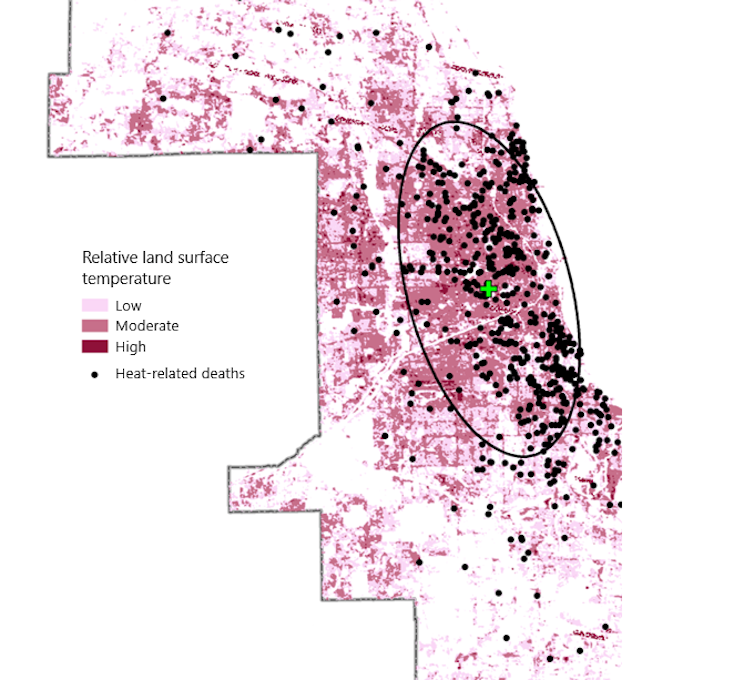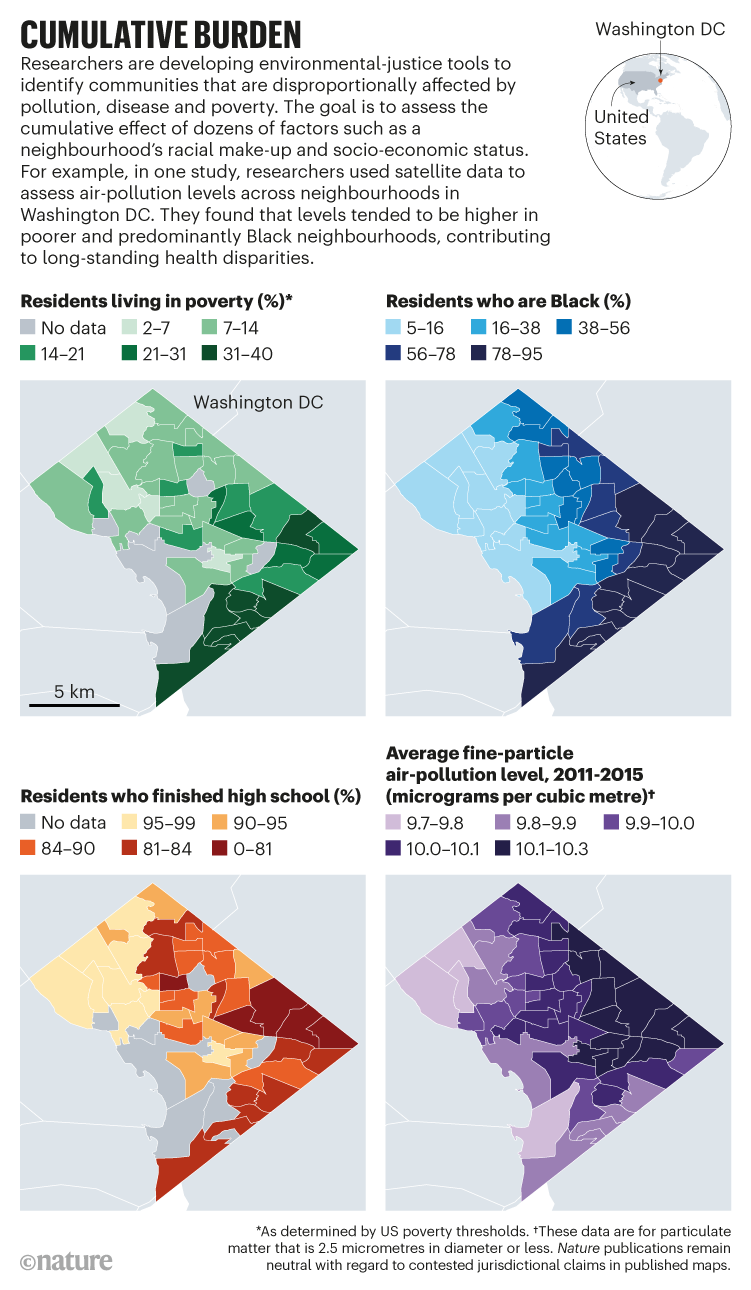Report by Jessica Seddon, Stefaan G. Verhulst and Aimee Maron: “…summarizes the September 2021 capstone event that wrapped up 100 Questions for Air Quality, led by GovLab and World Resources Institute (WR). This initiative brought together a group of 100 atmospheric scientists, policy experts, academics and data providers from around the world to identify the most important questions for setting a new, high-impact agenda for further investments in data and data science. After a thorough process of sourcing questions, clustering and ranking them – the public was asked to vote. The results were surprising: the most important question was not about what new data or research is needed, but on how we do more with what we already know to generate political will and investments in air quality solutions.
Co-hosted by Clean Air Fund, Climate and Clean Air Coalition, and Clean Air Catalyst, the 2021 roundtable discussion focused on an answer to that question. This conference proceeding summary reflects early findings from that session and offers a starting point for a much-needed conversation on data-to-action. The group of experts and practitioners from academia, businesses, foundations, government, multilateral organizations, nonprofits, and think tanks have not been identified so they could speak freely….(More)”.


